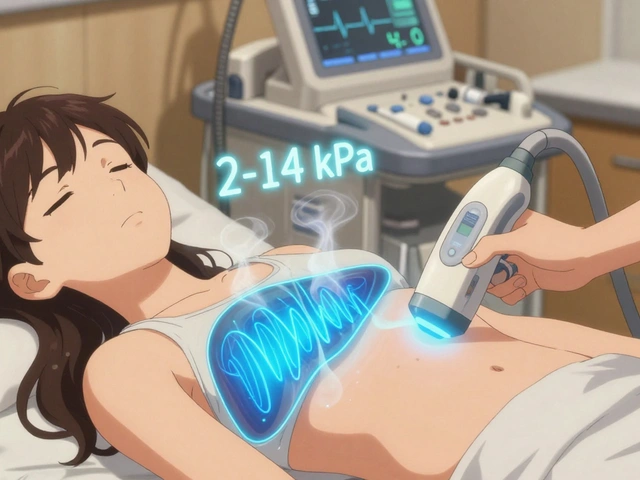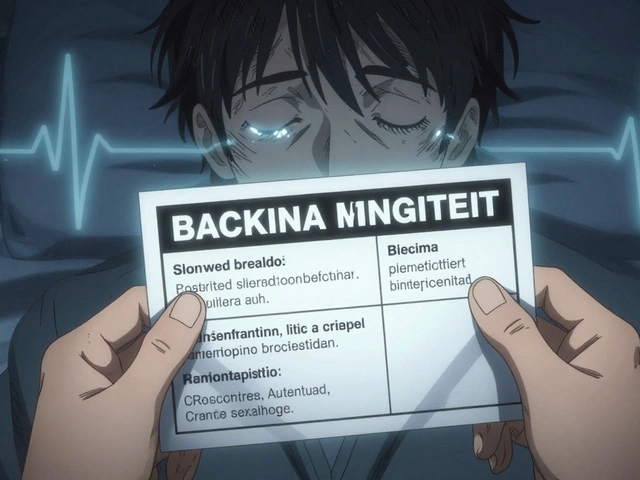Valsartan: What It Is, How It Works, and What You Need to Know
When you hear valsartan, a medication used to treat high blood pressure and heart failure by blocking angiotensin II receptors. Also known as an ARB, it helps your blood vessels relax so your heart doesn’t have to work as hard. It’s not a cure, but for millions, it’s a daily tool that keeps things stable—no fancy injections, no hospital stays, just a pill that works quietly in the background.
Valsartan belongs to a group called angiotensin II receptor blockers, a class of drugs that block a hormone causing blood vessels to narrow. This group includes drugs like losartan and irbesartan, but valsartan stands out because of how well it’s tolerated and how often it’s paired with other meds like hydrochlorothiazide. You’ll see it in combo pills like Diovan HCT, which makes managing blood pressure simpler. Unlike some older drugs, valsartan rarely causes that dry cough you get with ACE inhibitors, which is why doctors often choose it as a first-line option.
It’s not just for high blood pressure. If you’ve had a heart attack and your heart’s not pumping well, valsartan helps slow down damage. It’s also used in people with diabetic kidney disease to protect kidney function. That’s because it doesn’t just lower pressure—it reduces strain on delicate blood vessels in the kidneys. Research shows it cuts the risk of kidney decline in people with type 2 diabetes, especially when taken early.
People often ask how it stacks up against other drugs. Compared to lisinopril, valsartan has fewer side effects like cough and swelling. Compared to amlodipine, it doesn’t cause as much leg swelling or flushing. But it’s not magic—some people still feel dizzy, especially when starting out. That’s normal. The key is to take it at the same time every day, avoid salt-heavy meals, and never stop it cold turkey, even if you feel fine. Your blood pressure might look good, but the protection it gives your heart and kidneys keeps working behind the scenes.
What you won’t find in the bottle is the real story: how often it’s mixed with other drugs. You’ll see it paired with hydrochlorothiazide (a water pill) or amlodipine (a calcium channel blocker) in the same pill. That’s not random—it’s science. Combining drugs that work in different ways gives better control with lower doses and fewer side effects. That’s why you’ll find so many posts here comparing valsartan combos to other hypertension treatments like Zestoretic or Benicar.
There’s also the issue of recalls. Back in 2018, some batches of valsartan were pulled because of a cancer-causing contaminant. That scared a lot of people. But today, strict global standards (like the ICH guidelines mentioned in other posts) make sure every batch is clean. If you’re on a generic version, check with your pharmacist—most are safe now. Don’t panic, just stay informed.
What you’ll find in the posts below are real comparisons: how valsartan stacks up against other blood pressure drugs, what side effects to watch for, how it affects kidney function, and what to do if it stops working. You’ll see how it fits into broader treatment plans, how nurses explain it to patients, and how it interacts with other meds like NSAIDs or potassium supplements. No fluff. Just clear, practical info from people who’ve been there.

How Valsartan Helps Prevent Heart Attacks and Strokes
Valsartan is a proven medication that lowers blood pressure and significantly reduces the risk of heart attacks and strokes. Learn how it works, who benefits most, and what to watch for when taking it.
Continue Reading



